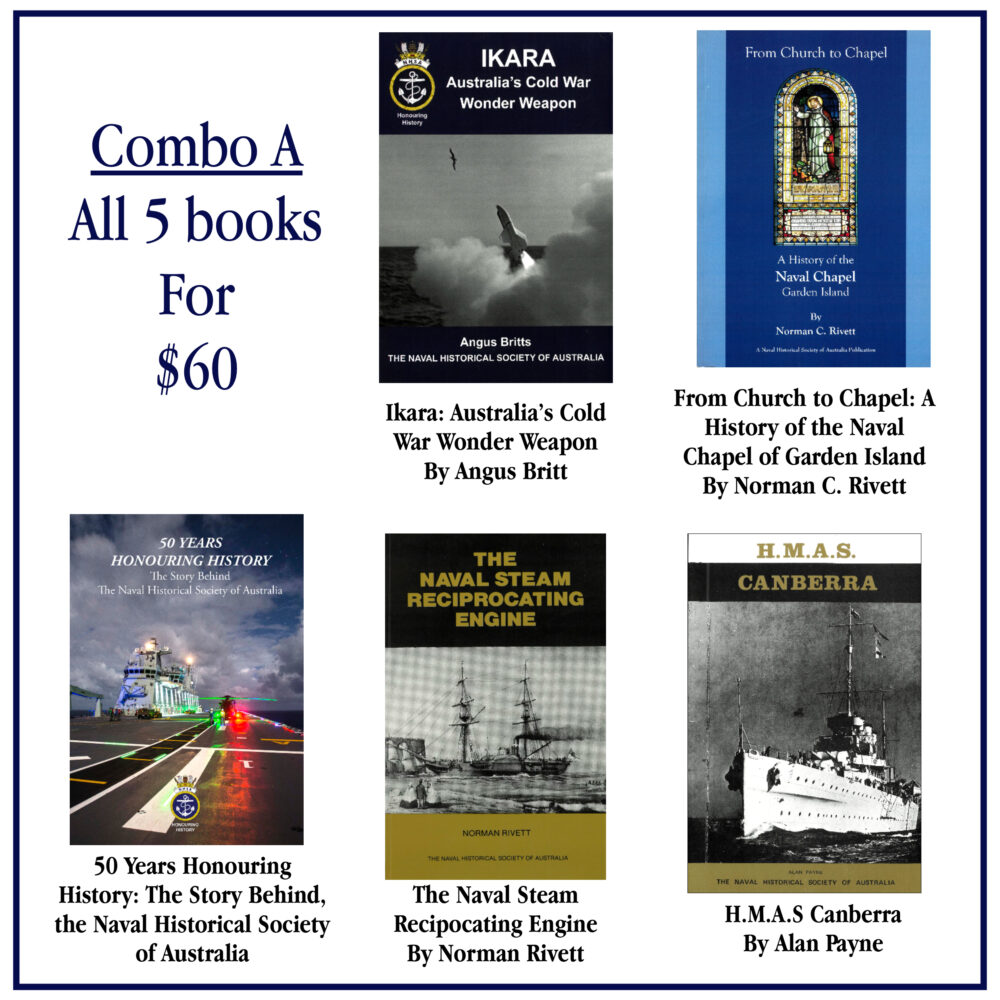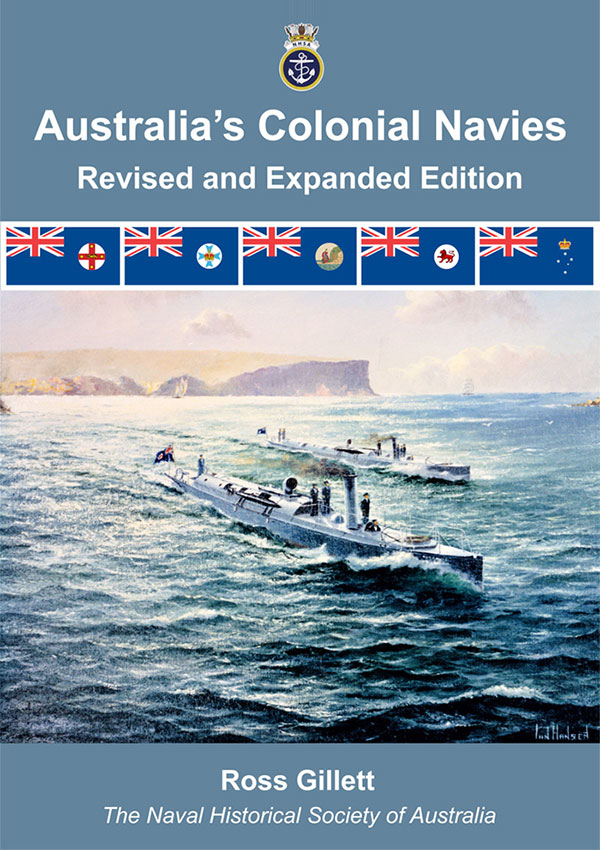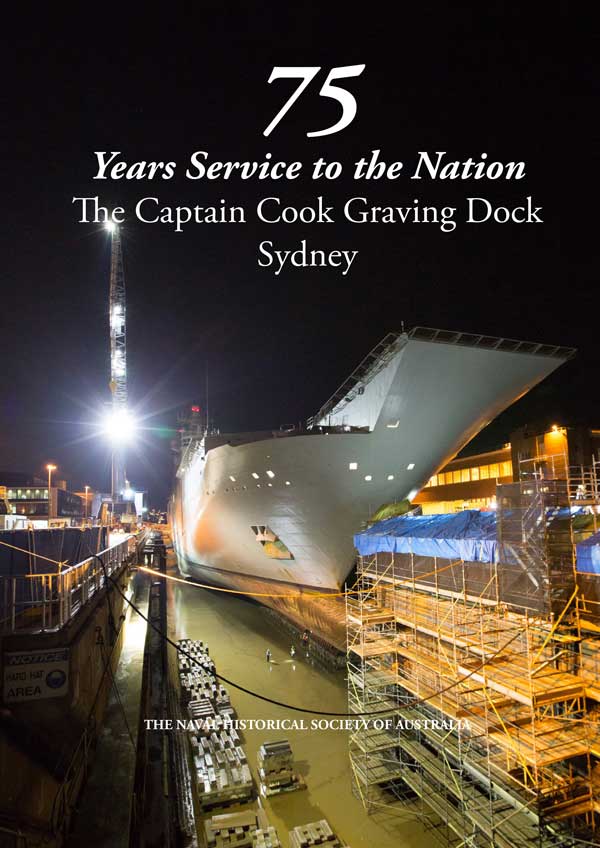Description
Excerpts from N Class – The Story of HMA Ships Napier, Nizam, Nestor, Norman and Nepal
From Chapter 13 – Barham and the First Battle of Sirte:
The destroyers at over 30 knots cut across the path of the cruisers and laid smoke. As they turned to take up their stations again, the enemy battleships opened fire.
Atha, who was on the bridge recalls his first experience of being straddled by 15 inch shells…
“I turned to Petty Officer McCylmont, known as The Count because he wore a Van Dyke beard, and asked: ‘What was that?’ McCylmont stroked his beard and dryly replied: ‘That, my boy, was a 15 inch shell from an Italian battleship’.”
The shell made a ‘whoo- ah, whoo- ah’ type of roar as it passed over Nizam and exploded with a violent crash fifty yards off the starboard bow. Another geyser of water erupted beside Kipling and two more rose close to Euryalus.
From Chapter 6 – The Evacuation of Crete:
Both sailors and soldiers knew they were fighting for their lives. They blazed away at their tormentors with a desperation matched only by the German pilots’ determination to destroy them. Their eyes followed the ugly shapes of the Stukas as they hurtled down in vertical dives. They aimed at the screaming yellow pointed noses of the dive bombers and when they glimpsed the pilot’s begoggled face at the moment before he pulled out of his dive they altered their aim to the cockpit. A savage blood chilling hatred twisted the faces of the sailors and soldiers as they looked into the faces of their assassins.
Note: The printed version of this book is produced by the Society ‘in house’ on 100gsm premium paper. The binding has a clear plastic front cover.








